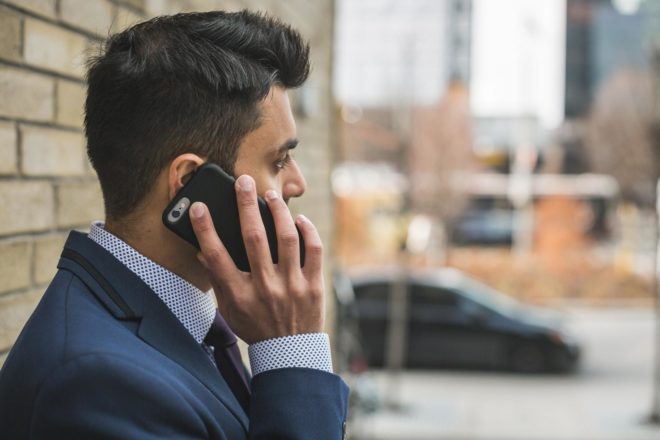
Providence Eye is dedicated to serving its patients and online community with recent ophthalmology news surrounding eye care, vision health and recent discoveries. We've summarized some of the summer’s latest headlines so you can keep your eyes safe and healthy.
Eye Exams for Infants
Optometrists say infants can highly benefit from eye exams as young as 6 months. In the past, children usually undergo an eye examination by a pediatric ophthalmologist if an issue is discovered. Otherwise, young eyes are left alone to develop. However, the idea of preventative vision care during infancy is beginning to spread. For instance, InfantSEE is a public health program full of eye care specialists that offers comprehensive eye assessments to infants aged between 6 months and one year. These eye exams are performed by optometrists and can identify early issues surrounding eye movement capabilities, general eye health flags, astigmatism, nearsightedness and farsightedness. Achieving an early diagnosis with issues like amblyopia or “lazy eye” can ease the correction process and reduce chances for permanent vision loss.
Glaucoma and…Sleep Apnea?
Taiwanese researchers have recently found a link between two seemingly unconnected health issues: glaucoma and sleep apnea. A study in the journal of American Academy of Ophthalmology has found people with obstructive sleep apnea were 1.67 times more likely to develop open-angle glaucoma within five years of a sleep apnea diagnosis. These results mean that obstructive sleep apnea is now considered an independent risk factor for open-angle glaucoma, and that clinicians will need to begin risk assessments with sleep apnea patients. Glaucoma is currently the world’s second-leading cause of blindness, affecting approximately 60 million individuals. Due to glaucoma’s usually silent, painless and gradual progression, as many as half of the people who have it are unaware. Without proper treatment or corrective eye surgery, the condition can cause blindness due to optic nerve damage. Thus, watchful waiting and comprehensive eye examinations in sleep apnea patients are crucial for continued vision health in affected individuals.
Sending Kids Outside Reduces Myopia Risks
Studies are showing children who play outdoors more versus always staying inside experience reduced chances for myopia (nearsightedness) development. Being outdoors is also associated with slowing the progression of myopia in children who already have the condition.
Tied to the way light and its qualities hit a retina’s neurotransmitters, playing or reading outside as a child can stimulate healthier retina and eyeball growth. Two studies resulted in lower cases of myopia in children who played outdoors for a year versus children who remained inside. Eye care specialists and researchers are encouraging school systems to allow more outside time during recess. This is an optimistic discovery, as myopia has become a public health issue. Due to a drastic decrease in school children being outside, early onset of childhood myopia is connected to high myopia during the adult years.
David G. Hunter, an ophthalmologist in chief at Boston Children’s Hospital, shed some light on the havoc high myopia can wreak, stating in this news article, “High myopia is a significant public health problem because of its association with increased risk of several ocular diseases, including cataract, glaucoma, retinal detachment, myopic retinal degeneration, visual impairment and blindness.” Parents and caretakers can take proactive steps in maximizing their child’s eye care, vision health and general well-being by playing outside with them, going on walks, giving children recess time at home, encouraging outdoor studying and creating a healthy balance between indoor and outdoor activities.